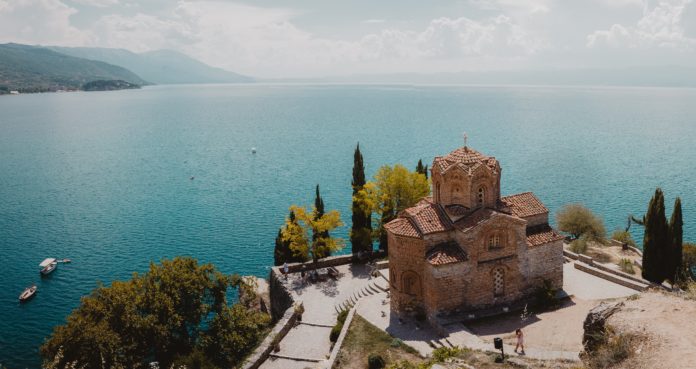Americans are not the only people who make the mistake of thinking that Yugoslavia is still a country. Western Europeans have been known to make the same mistake too. After all, it has been less than three decades since the republics within the jigsaw country gained their independence. The Federation has had a turbulent history and now, it is a thing of the past. And so we thought we’d take a moment to clear things up.
Following WWI, the victors created Yugoslavia, a new country composed of more than twenty ethnic groups. The country was kept unified up until 1980 when the people of the country began demanding new autonomy.
In 1991, the USSR fell and Yugoslavia divided up into the new countries we have today. Thousands were killed in the wars running up to the autonomous country division but now, Yugoslavia is no more. Instead, we have six republics: Bosnia and Herzegovina, Croatia, Macedonia, Montenegro, Serbia, and Slovenia.
Each country has its own unique culture but shares a history with its fellow former republics of Yugoslavia. The best way to learn about the history is by doing one of the free walking tours when you visit this part of Europe. You will discover that the people of Croatia, Slovenia, and the other new countries are proud of their unique culture, which can finally be celebrated in its own right.
The takeaway here though is to not head to Europe asking where you can find Yugoslavia. The independent countries of the Balkans will definitely not be impressed.












